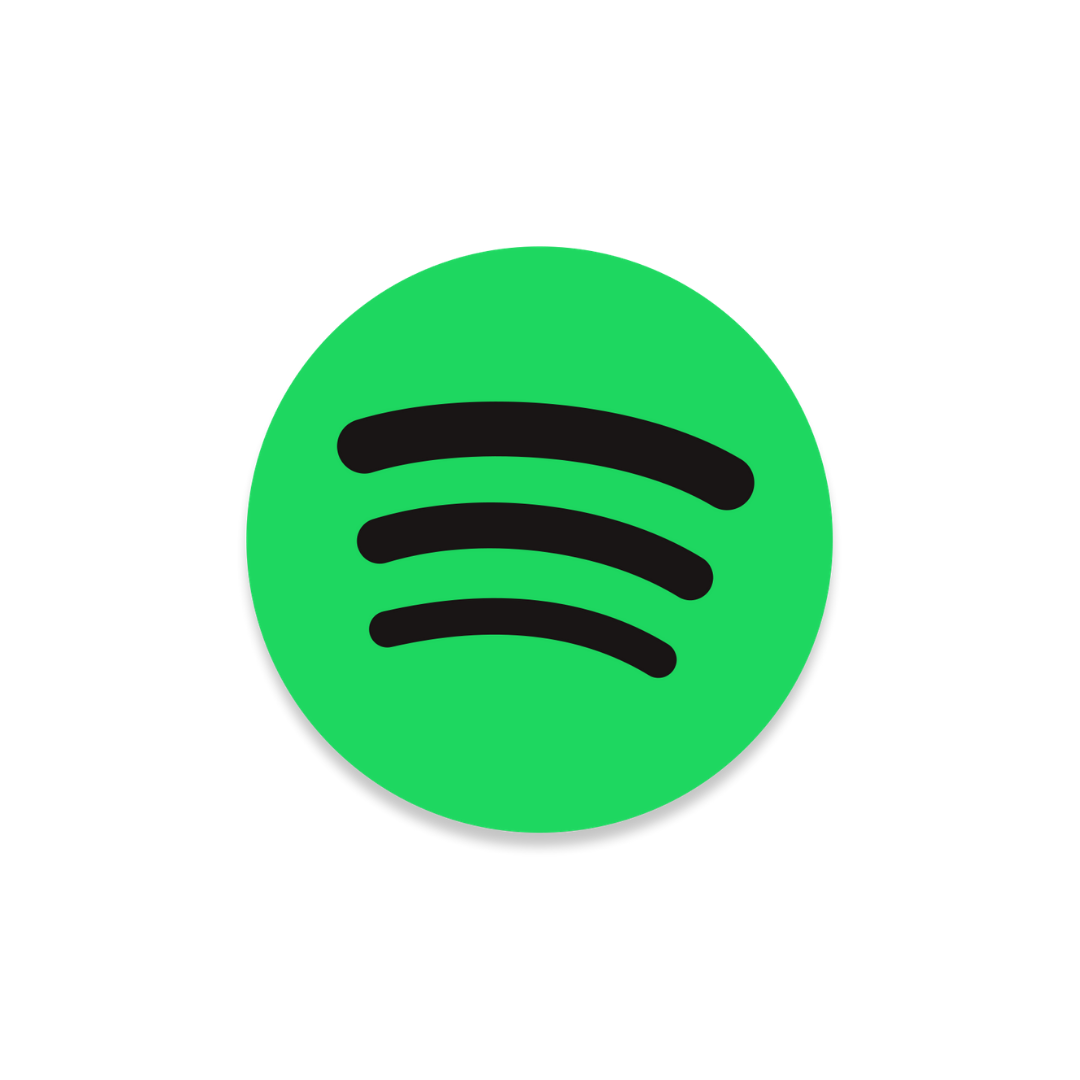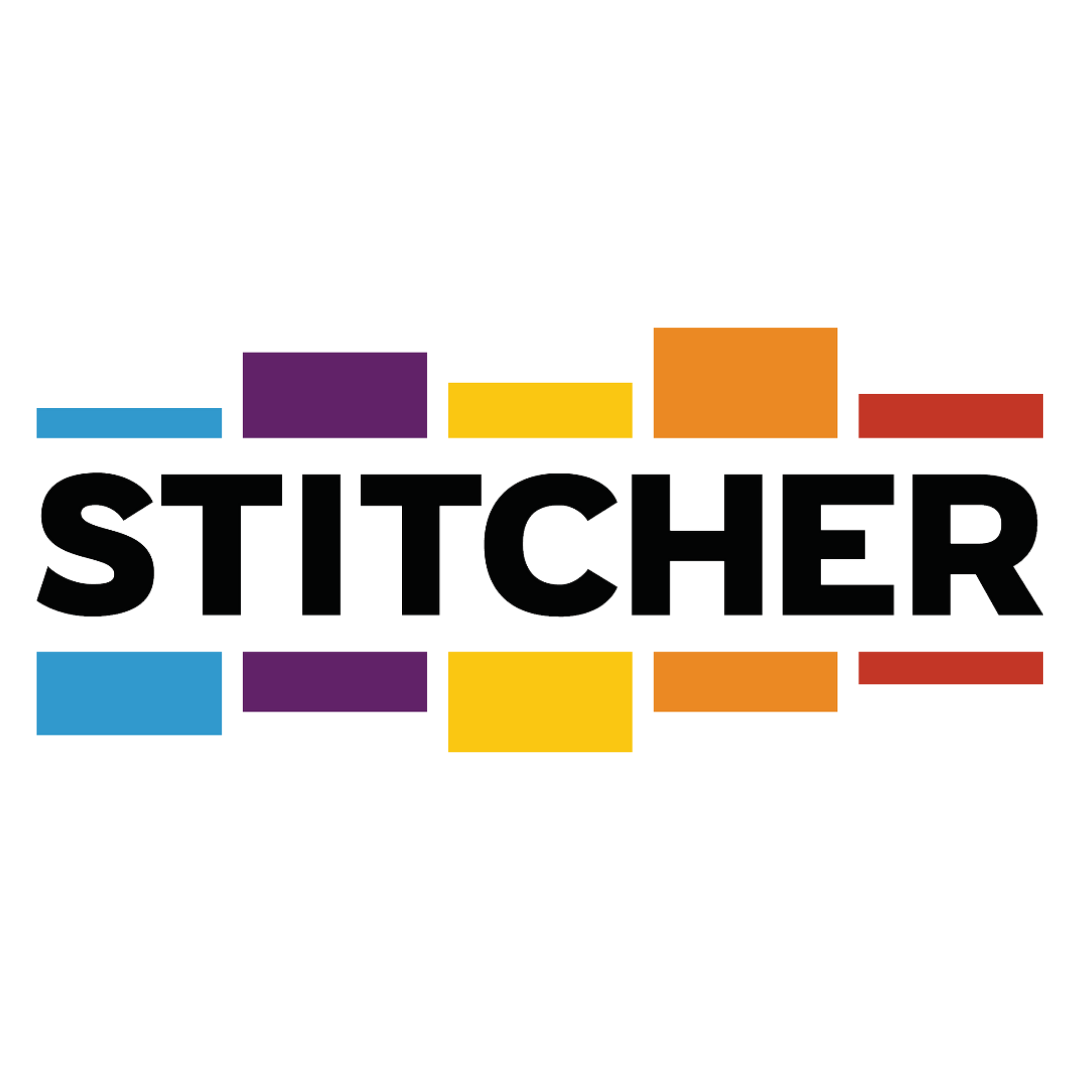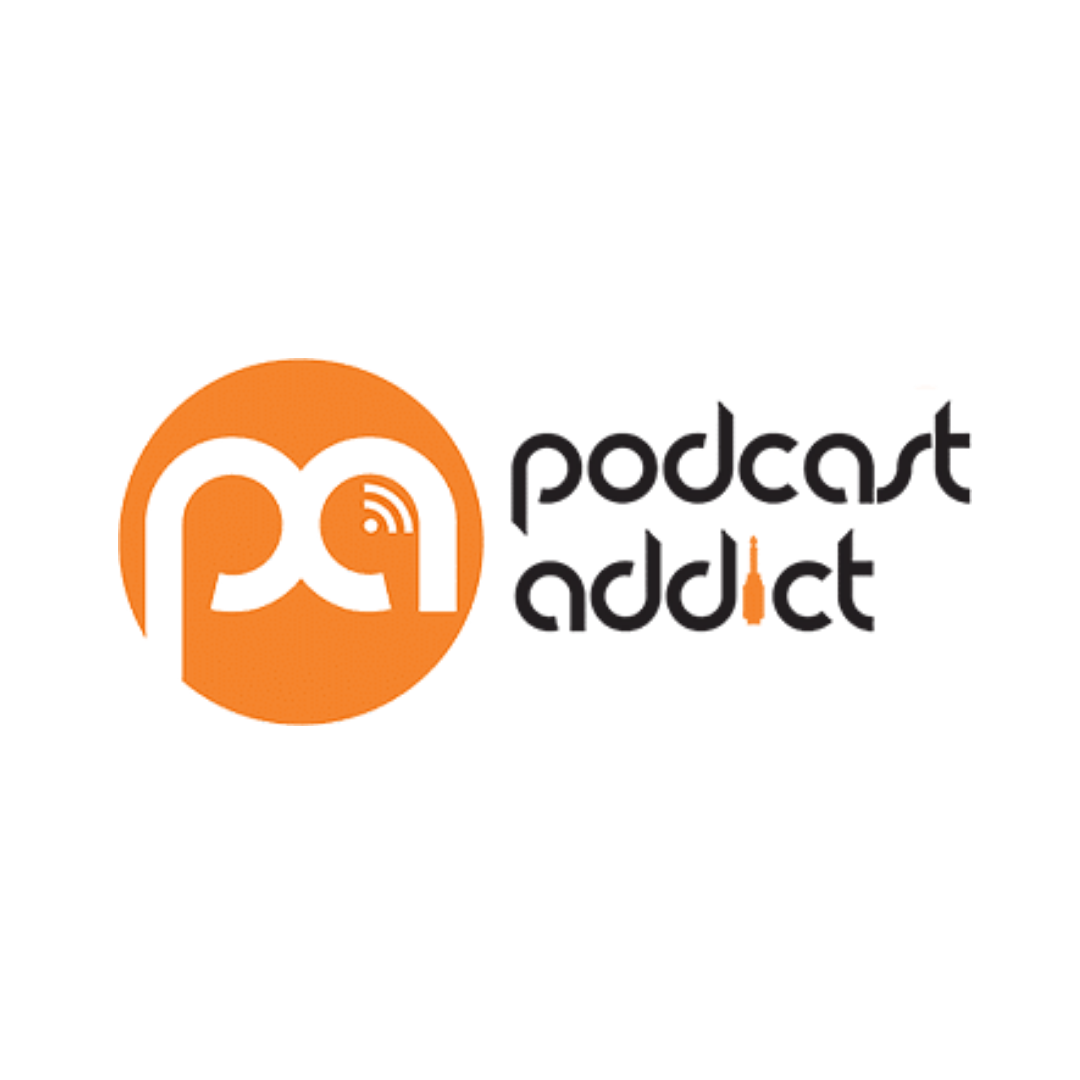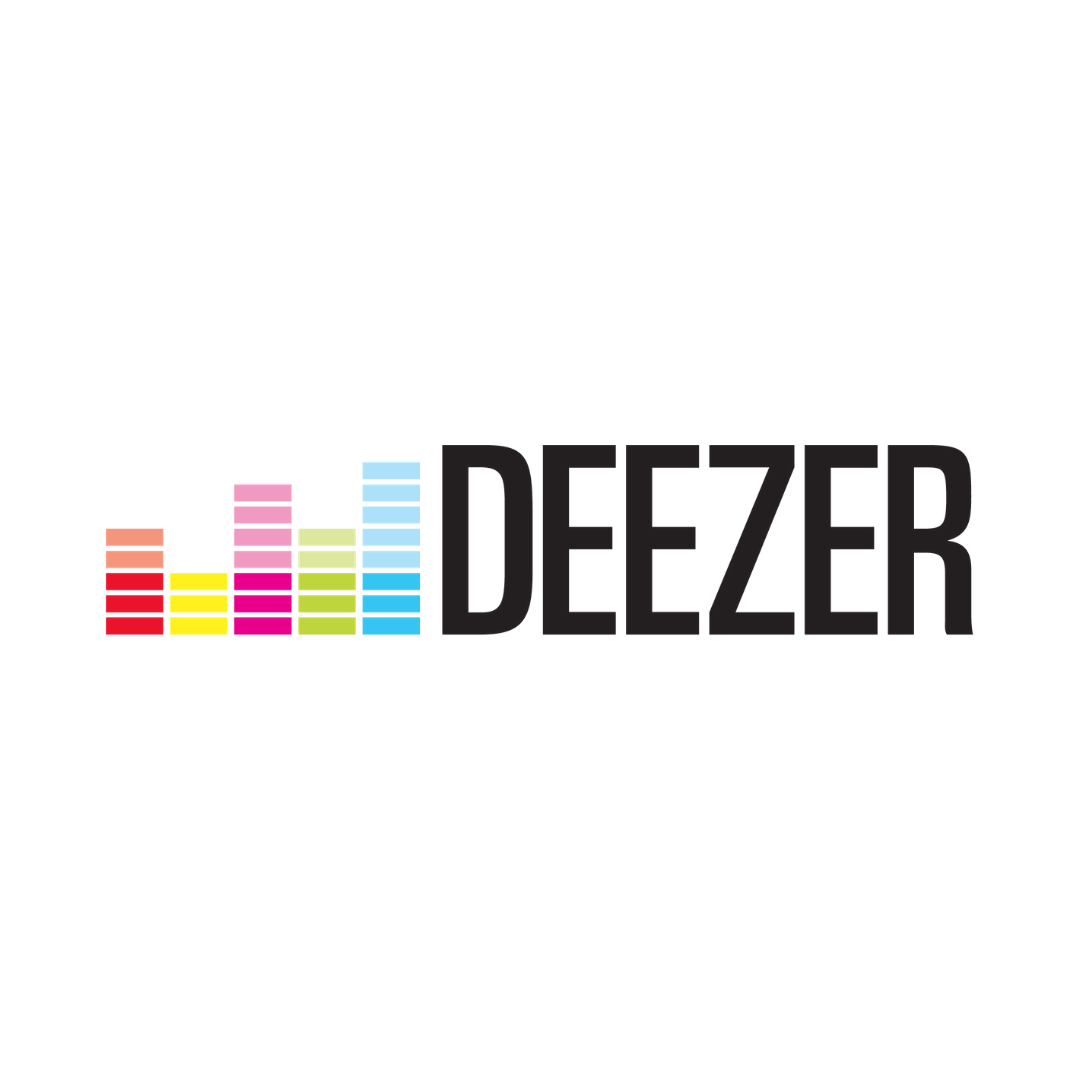How to Create Transformative Brands with Emmanuel Probst
Join Our Newsletter
Introduction
In this episode, we discuss creating transformative brands and products with Emmanuel Probst.
Show Notes
In this episode, Emmanuel Probst, a Global Lead, Brand Thought-Leadership at Ipsos and an adjunct professor teaching consumer market research at UCLA, shares with us how to create a transformative brand.
Emmanuel has 17 years of background in marketing and market research experience, such as at IP source. He is also the author of Brand Hacks, and Assemblage - The Art and Science of Brand Transformation, which releases this coming January 2023.
Among other things, we discuss:
- That brands can no longer just sell products. They must aim to be transformative for people and the world they live in.
- That brands are no longer in control of the narrative, so they must harness the power of the community and make a greater and more sustainable one.
- The importance of noticing what existing brands are offering the market. Then consider creating something new and unique to offer in the category.
creating your market positioning. - The trick is really to understand your audience and get a deep understanding of the market.
- Three Dimensions of Brand Transformation
- What is Programmed Obsolescence?
- How to Create a Transformative Brand
- Understanding Trends in the Society
www.emmanuelprobst.com
Twitter: @Emmanuelprobst
Linkedin: Emmanuel Probst
Resources mentioned on the podcast:
Brand Hacks
Assemblage - The Art and Science of Brand Transformation
marketingweek.com
adage.com
adweek.com
mediapost.com
Challenger Project - Eat Big Fish
Financial Insights at Ipsos.com
Valuable Resources:
For the latest insights on branding, and brand strategy
sign up to receive TUNED news weekly.
Brand Tuned Newsletter
Brand Tuned Training Courses
Transcript
Shireen: Hello and welcome to Brand Tuned, a podcast for people like you, marketers, designers, and founders looking to build a great brand that's differentiated and distinctive. It's hosted by me, Shireen Smith, an intellectual property lawyer, author, and marketer.
Hello. My guest today on the Brand Tuned podcast is Emanuel Probst. Emanuel has an MBA in marketing and a doctorate in consumer psychology. Although his background also includes 17 years of marketing and market research experience, such as at IP source, where he supports Fortune 100 companies to understand their customers journey. He's an adjunct professor teaching consumer market research at UCLA. And he writes about consumer psychology for numerous publications. He's the author of Brand Hacks, and Assemblage: The Art and Science of Brand Transformation, which releases this coming January 2023. Emanuel, welcome to the Brand Tuned podcast. I'm delighted you're here today. I was looking at your background, and I saw that you did a PhD in the UK and your MBA here. And now you're based in Los Angeles, how long have you been in the States?
Emmanuel: Shireen, first, thank you for having me on the show. And it's great to connect with you and your community today. And I've been in the United States for 16 years and one week.
So I very precisely remember when I moved, and as you suggested, I lived in the UK for a while. And so I moved to the UK on April 15, 2001. It was a one-way ticket from France to London. And then, as you suggested, I graduated with my MBA in marketing and then a doctorate in consumer psychology from Nottingham Trent. So very dear to my heart. And I miss London, and I'm usually in the UK every week. I go back as often as I can.
Shireen: Yeah, I'm sure Los Angeles is great. So I'm delighted you're going to start this interview by delivering a 10-minute masterclass on how to create transformative brands and products. Is that right?
Emmanuel: We can do this. Absolutely. Well, the starting point is that brands can no longer just sell products; brands can no longer force feed us products we don't need. We, as consumers, are overwhelmed with options, products, and services in any given category. And brands need to go beyond just marketing products and making tactical moves. Brands must have an impact on people; they must be transformative for people and the world they live in. And what this means is that the brand needs to take me from who am I to who do I want to become. There are three dimensions to this brand transformation; we just spoke about the personal dimension, which is me, who do I want to become and there is also a social dimension. So my world, my community, how can you make an impact in the community around me? And then the world at large? How can you, if possible, make the world a better place? So the first dimension is who am I and who do I want to become and the second dimension is make a positive impact on my community. That is, maybe you can help the store owner next door recover from COVID by providing the store owner with advertising services that actually make sense after COVID to help support his business and the world at large. And that has to do for example with sustainability or recycling and upcycling meaning as a brand, you're not trying to just sell more products. You also want to sell products that last for longer that are better for the environment. And here you have examples from the likes of Levi's for the likes of Nike for the likes of Lululemon and many of our brands now IKEA also started a program whereby you're going to bring back your old furniture and rebrand is going to give it a second life by saying
And then get to someone else. So, recycling and upcycling are so important. And that's the demonstration of brands doing the right thing: selling less products but better quality, giving those products a second life, helping the community, while making a profit. Let's make no mistake: brands are here to make a profit. So quick pause here, Shareen. And maybe I could take some questions from you or bring more clarifications and examples?
Shireen: Yeah, sure. I mean, that makes me think a lot of products are actually not created to last; they're created to run out in some way or stop working. So you have to go and buy a new one. So that's quite a big change, isn't it?
Emmanuel: You're right. The phenomenon you are referring to, is politely elegantly called Programmed Obsolescence, whereby you, as a brand, will design a product for So a good example is in consumer electronics, the battery eventually, rather quickly, it needs to be replaced. And replacing the battery is the cost of the device. However, another shift we see, and which I illustrated in my book Assemblage, is consumers now have way more leverage way more power of your brands than they ever had. So five/seven/ten years ago, brands couldn't tell people what to do. Brands were in control of the narrative. And brands could decide that a product should live for only 24 or 20 months. Over time, you see, people, and I'm choosing this word carefully, people, not consumers, expect more for brands, talk back at brands, and frankly, very often take control of the narrative. And this work, this works for better and for worse, sometimes they take control of the narrative and promote the brand advocate for the brand. Conversely, if the brand is not doing the right thing, people will campaign against the brand or even canceled for brand. So an important shift in this brand transformation is to understand that people have the power or not the brand, marketers are here to guide and to inspire the narrative. However, they no no longer control the narrative. And once you understand this, and you have to live with this, you don't have any other choices. you harness the power of the community to make the brand greater and more sustainable. And also to develop the brand in the long run, and not just make tactical moves to sell products on Monday.
Shireen: Okay, so if somebody's starting a new brand, how can they find out what the target market is, who their target market is, and what the target market wants to become? If you know, so that you can then transform them?
Emmanuel: Yeah, well, in almost all categories, you'll have plenty of options; everything has become a red ocean. And that applies to streaming services, whereby you only had Netflix 10 years ago, and now you have seven or eight different options. And it applies to popcorn, where you have 150 SKUs to choose from and restore. So when you enter a category, setting the obvious, is what am I bringing to the category? What is my product bringing to the category that other products do not have? Importantly, how am I going to transform my audience? How am I going to make them feel better about themselves better about their world, and better about the world. And I'll give you the example of Aldi. Aldi is a grocery retailer that's doing very, very well in the UK right now. Whereby not only its growing double digits, but it took over Morrison's in the top four of UK retailers. And the way Aldi succeeded in doing so is because they source about 40% of their products from UK British farmers. And when it comes down to milk, eggs, dairy, this was all of it from this UK British farmers. And in the meantime, the advertisers IT support adds to the community. So this exemplifies a brand that is here to make a profit is very aggressive on price. So are other retailers. And it goes the extra mile to tell shoppers, we're here to support your community; we're here to provide you with a quality product that you will be familiar with. That becomes a branded experience. And that exemplifies how a private label like Aldi is performing and taking over well-known, what we will call name brands, multi brands, if you will, and doing so in this is a win-win or no deal relationship. When they finally make a profit, of course. Importantly, it's a win for the customers and it's a win for the community. So in my view, that's how to do it. Well, by Aldi has not invented grocery retail by any means no, as Aldi invented steep discounts, what Aldi has done here is signal to the community that we're here to support you signal to the customers, consumers that we're here to do the right thing for you and your community.
Shireen: Okay, so buying locally, does that enable them to charge less? Or how does that tie in to their business model?
Emmanuel: Yeah. Buying locally, it makes for a more sustainable experience, because you don't have to fly the goods around, you can just source them within a few miles from the stores. But also it sends a strong message to your local community to local farmers, whereby, instead of supporting a farmer on the other side of the world, and supporting people that live next door, and as humans, we're very attached to what happens right around us, and more detached towards what happens on the other side of the world. That's human nature. So that's the situation by doing so Aldi supports economic recovery for those British farmers supports the local community, keep that community alive, simply have your your village and your community alive. And satisfies this need we have as people to consume something that is close to us, something that we grew up with. So, Shireen, you see this, believe it or not in technology, it's a concept that we call data sovereignty. That means as a user of Google, Facebook Meta, Instagram at all, we see in our studies that people feel better when the data is hosted in your country. The concept of cloud computing is vague to most people, where is my data, and there is this joke in the industry, cloud computing is just someone else's computer, right? We see that users, as we call them in technology, feel better feel reassured when the data is hosted on their side, that is for you, Shireen, if your data is hosted in the UK, you will feel safer, you will feel that your data is safe and secure. More so than if the data is stored even in Canada or in the United States or in Norway, countries that you may be more likely to trust as opposed to random dictatorships if that makes sense.
Shireen: Okay, so it's about understanding trends in society. And then finding an opportunity within that that you can meet as a brand. Is that right?
Emmanuel: You're correct. If you want to do clothing up how you can start selling T-shirts. Excuse me. For the makeup, you can start selling T-shirts, but hundreds of other brands already do this. What are you bringing to market that's going to be different? Well, could it be about the design of the t-shirt, whereby you're going to partner with a local artist, and now this t-shirt is going to become unique and become an important possession to the owner. This T-shirt can be produced locally. And that's going to serve your goal in terms of supporting the local community and sustainability. And also, you can engage in an upcycling program whereby consumers can bring back this t-shirt back to the brand in return for store credit before they buy new clothes. And in this process, you give this t-shirt a second life. That's also very important trend we see that I developed in my book Assemblage, is people no longer want brand new goods all the time, you see Gen Z, you see younger generations being very keen on thrift shopping, and on Bing use clothes. That's why fast fashion is struggling so much, it is no longer cool to buy a new T-shirt every six or eight months, it is more meaningful to give a T-shirt a second life and buy a piece of clothing that is unique to.
Shireen: Okay. Well, presumably, well, some brands wouldn't, that wouldn't be relevant to them say I don't know, take my own case, if I'm trying to provide an education in branding that includes intellectual property because I find there's a disconnect when people creating brands don't really understand intellectual property. So at the very big level, like Google's, they bring all the disciplines together. And therefore, they can hear the perspective of all the different players. But when you get to normal branding companies, they often don't work with intellectual property lawyers, they create the brand and then they'll just get it searched. So that's what I'm trying to change. That doesn't really have a trend in it.
Emmanuel: I see on your bookshelf behind you, I think what I see is the long and short habits. Yes, that's right. For our community, for our audience today, let's explain what's in that book. It's how do I invest in brand strategy versus what do I invest in tactics in products. And the bottom line is, it's important for brands to do both. So back to what you're saying, Shireen. When starting a new brand, you're going to work on the strategy of the brand, what is the big idea, and what is the idea that I'm going to run with for 3/5/7 years at least. And then the tactics, the activation, well, that can change very often. And that adapts to market conditions. So it's important for Graham to keep its core identity, and I spoke about Aldi, how you can develop this vision of your time to help the local community and develop some IP around this. In the case of Aldi is going to be about a brand names for their private label as an example, you can also process in the world of recycling you can trademark process you can do is then in terms of creative execution, I'm going back to my clothing Apple example. You can partner with Damien Hirst, in the UK today with Jeff Koons in New York tomorrow. And with the local artists in Singapore next week, that's totally fine. So the brand strategy is a bit longer than the short of it is the product execution that can change as often. And have as many options as you want.
Shireen: Yeah. So how do you actually, if you were starting a new brand yourself, say you were going to start a project of some sort? How would you decide? What would be a better way for you to deal with something?
Emmanuel: Well, yeah, what is everyone doing in the category already, and I'm not talking in terms of products. But what is the market positioning these brands own already. So if you're in you want to open a new coffee chain. In the United States, for example, Dunkin already owns coffee on the go for commuters. Starbucks already owns the third place, meaning this experience that is neither your office or your home. So you're not going to own convenience. You're not going to own the social aspect that Starbucks maybe there is room in a very gourmet coffee experience with locally produced locally roasted type of coffee that you're going to sell at a premium that is going to be way more expensive than than Starbucks, potentially with less value, but much better margins and a very strong product identity in the UK, Shireen, brand does well, that illustrates this is Hotel Chocolat, for example. Well by here again, look, with all due respect, they did not invent chocolate, and they're probably many times smaller than Cadbury's, that's not the point. The point is not to compete with Cadbury's on grabbing a granola bar on the go, the positioning is more gourmet experience, it's a me time type of experience, I'm going to take the time to appreciate this, this chocolate. And it's a mindful experience, and a responsible experience because of that emphasis on the communities. So that's an example of a positioning in a category that is, as with many categories, arguably saturated, yet serves a purpose and caters to a segment of market that is keen on this experience. The other thing, Shireen, is in one given category, we people are willing to access a range of options. What I mean by this is, Hotel Chocolat does not compete with Cadbury. It depends on the context and the occasion. Today, Shireen, it's the evening you want to relax at home, read a great book. And now would be a good time to make a nice cup of tea very, very nice cup of tea, maybe for Fortnum and Mason and have a piece of chocolate from Hotel Chocolat. If tomorrow morning, you're running to go to a tube station and you need to catch your tube. While PG Tips may be just fine in that context. And you're going to grab a some Cadbury to eat on the go. So you are not choosing. And I think that's very important. Marketers often think in terms of competition. Consumers and I should say people think in terms of context and alternatives, Cadbury does not compete with Hotel Chocolat PG Tips does not compete with Fortnum & Mason. It's a different experience in a different context. And it serves a different goal. It supports a different mission.
Shireen: Okay, so is this like the category entry points that the Ehrenberg bass talks about? Sort of? They say? On what, what? Why does somebody when they're near the beach, they might want to coke? So you are educating them to think about coke. When you're at the beach? Is that the sort of thing? You mean?
Emmanuel: Yes, it's two things is one what are referred to as contextual commerce. That is what you're saying, at the beach, I'm not going to and try this in beverage as I would if I go skiing. The the errand bear boss notion you are referring to is this notion that people have pre existing knowledge about the category when they enter the category to explain for our audience, when I want to buy some new trainers.
I don't just discover what trainers are about. I have pre existing knowledge to various extent about Nikes for athletes about Adidas, and they sponsor the Football World Cup. And New Balance is a brand made in the US and so on and then so forth. That's to say that when you want new trainers, new gym shoes, you don't just go to the store and benchmark options. So it's this notion that in any given category, it's going to be the same thing. Coffee, it's going to be the same thing. Tea, right, you already know about tetley's versus PGT versus maybe Fortnum and Mason. So you have to various extents, of course, but pre existing knowledge about a category that is going to guide your choice and your expectations towards this category and this brand and this product.
Shireen: So how does I'm really curious, how does brand hacks and assemblage differ? What made you decide to write this new book?
Emmanuel: Oh, thank you. Well, they have the same starting point. Interestingly, that is people are overwhelmed with products and people are overwhelmed with media. Therefore, as marketers, how can we build brands that are more meaningful to people that matter to people and brands that we can build for the long run not just make tactical moves and brand strategy or brand strategy that will last for years to come. Now the difference between brand hikes and assemblage is Brand Hacks is a a practical guide full of tips if you we all learn what to do on a dime to build your brand, which is, by the way, still very relevant. Assemblage is much more forward thinking in terms of what is going to be important for five for the next five to seven years. And again, it's going to be about brands must transform me, my world and the world brands must make a positive impact on society, on my local economy, on life, friends, and family. So Assemblage is to arm the reader creating was brands that are going to enter the test of time, develop a meaningful and profitable business for for years to come. And assemblage is also about looking at. So there are plenty of case studies of big brands, but also very small brands, for example, Farrow & Ball in the UK, that is a much smaller brand than current bowl is that they sell paint, right? were smaller than Sherwin-Williams, so bear or any other brand in the category. So you have plenty of case studies from brands big and small, and was our success stories of how to do it. And in that regard, it's a practical guide on how to build a brand that's going to last for years to come and make a difference in the world make a difference for people in the world around them.
Shireen: Okay, so would it be relevant to somebody creating a startup? I mean, just starting out? Or would they need to have got going already to benefit?
Emmanuel: Oh, it's very relevant to I think that's what's insightful in what is valuable in assemblage is very relevant to a CMO at Nike. It's also very relevant to someone who is starting a brand next week. How am I going to position my products? What segment of what territory? Am I going to warn? Am I going to want this me momentum is precious moments in chocolate, have that delightful experience? Or do I want to own the chocolate on the go segment. So it's going to be important to brands big and small. And that is why I was so excited to illustrate the book with you have very big names, very big brands here. But you also have very, very small brands, like a DTC brand in France called Asphalts. Or there is a brand in the US that does tie pre prepared food delivered to your door. Again, Farrow & Ball, sure they have several stores, and they have a great market presence, but they're way smaller than their competitors. So it's exciting, in my opinion, to look at the smaller guys that don't have 30 40 60 million pounds to start a marketing campaign. And talk to the ones that have 600 pounds to start a marketing campaign. As such, I find that very rewarding.
Shireen: Yeah, well, the trick is really to understand your target market and really get get a deep understanding, which can be difficult if you lack a budget to get a company like IP source on board to help you. So, you know, do you have any tips for how people could do some research for themselves?
Emmanuel: Yeah. So hiring Ipsos is still a great choice. Of course, and to your point, you can do some social media, scraping some social media listening, you can float your ideas among an audience and test and learn this way. You don't necessarily need huge sample sizes. What you need, importantly, is candid feedback. So the mistake people often make is talk to a friend or talk to family. And of course, your friends and family and colleagues, they're going to think that what you do is fantastic. What's important to get feedback from real people. And I will say if you're about to start a product, if you're about to start a brand, no matter how small. You you start, it's just like when you write a book, it's important to have an audience first, you need to build an audience and you need to understand who am I going to present this product to? And that is very number one starting point doesn't matter how good the brand how good the product is in the market positioning. What is my audience? Who do I want to bring into? Who am I going to help? Who am I going to transform?
Shireen: Okay, that's interesting. So before we finish, what three resources would you recommend to people who are wanting to create a transformative brand? You know, podcasts or any conferences, books, anything like that? Apart from your own obviously.
Emmanuel: Yeah, of course. Well, a very good way to learn is marketing week, adage, AD, we voice publications, you can also look at media posts. Those publications are very resourceful. They present a lot of ideas. There is also a website I recommend called the Challenger project. It's a consultancy in the UK called Eat Big Fish. And the challenge of change your project is an illustration of small brands that grow big by doing exactly what we're saying, finding a differentiated market position. So the point here is that there are so many great resources you can access for free marketing week at HR, the week, challenge your brand media post post are five great resources to start with, also. And it sounds like self promotion, but I promise it is not you can look at it says that, as you will find plenty of data and insights. And this is not a sell. Because not only you don't need to pay for that content. But in fact, as of today, you don't even need to share your contact details, your email address. Yeah, so it's very unique. You can go on ipsos.com and find insights in financial services in Gen Z in boomers in CPG, FMCG, what have you accessibles insights for free, download them. And you don't even have to share your contact details, and last one, Shireen, shameless self promotion, but it's, of course, to read assemblage, the art and science of transformation that's coming out in January and available on Amazon.
Shireen: Yeah, I've already preordered it. So I'm looking forward to reading it. So what's a good way for people to get in touch with you if they need to? What's your best way.
Emmanuel: And again, Shireen. Thank you, to you and to our listeners to your community for connecting today. And I read my own emails and I, I also take questions and people can find me on LinkedIn. And it's simply a manual, perhaps, to the best of my knowledge, and I'm the only one. And by all means I welcome questions, comments, criticisms from our listeners. And I commit myself to replying to each of you in a timely fashion.
Shireen: Great, well, thank you very much indeed. Lovely to have spoken with you.
Emmanuel: Thank you, Sharon. Thank you everyone for listening today.
Shireen: Bye then.









